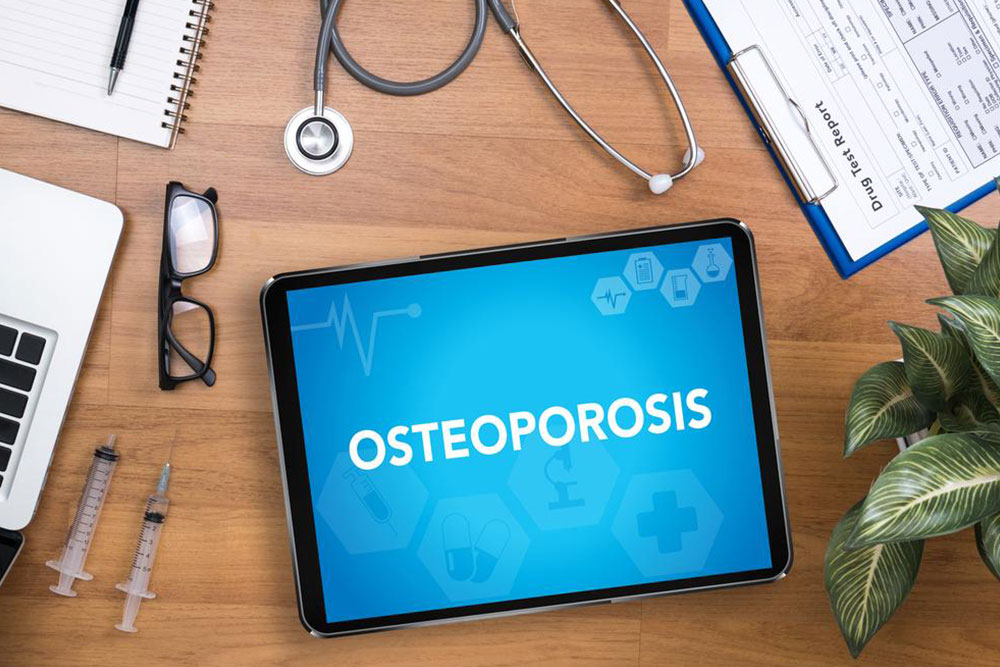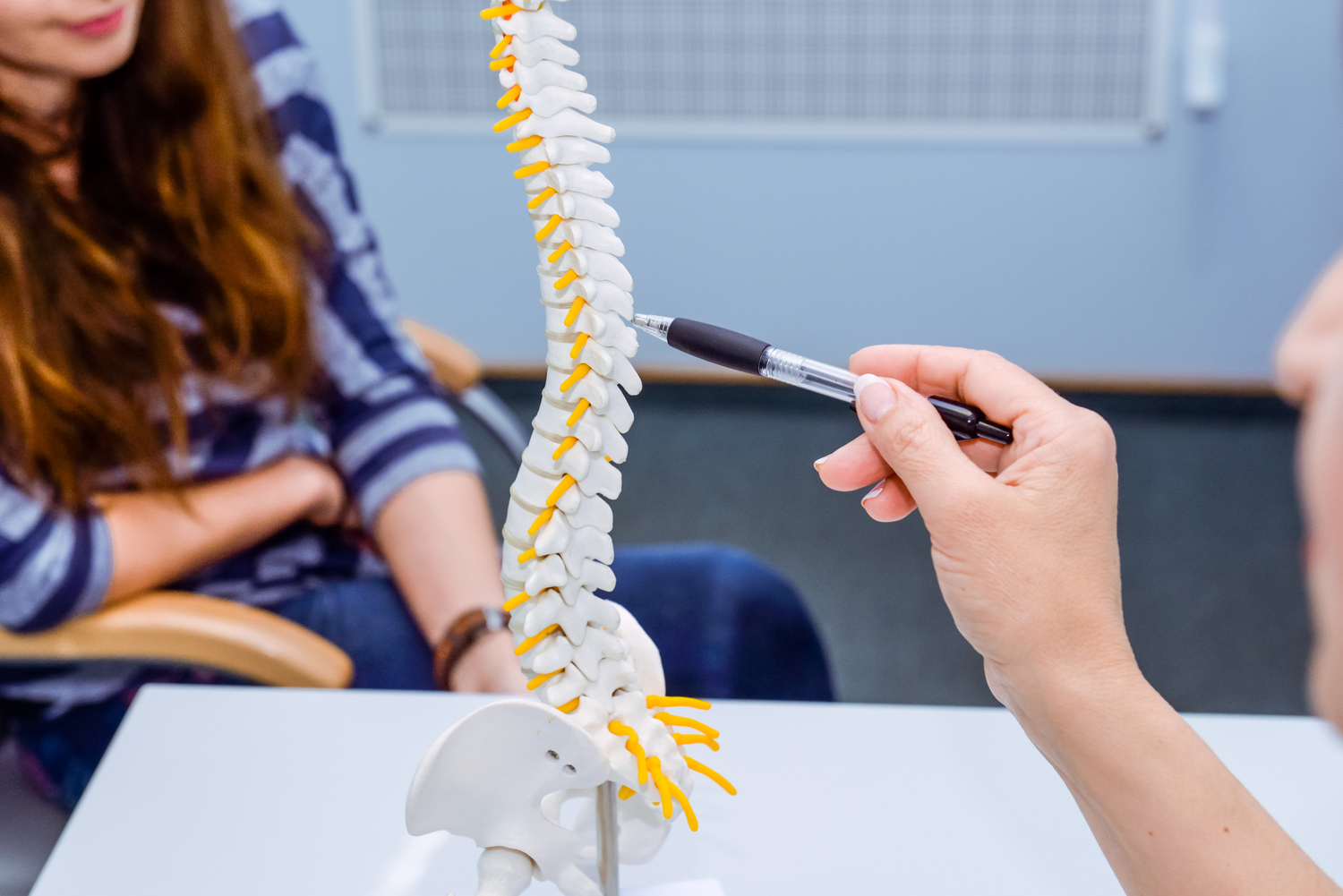Comprehensive Guide to Osteoporosis: Early Signs and Effective Nutritional Strategies for Prevention and Management
This comprehensive guide offers insights into osteoporosis, focusing on early signs, dietary strategies for prevention, and effective management options. It emphasizes the importance of lifestyle modifications, proper nutrition, and medical treatments to reduce fracture risk and improve bone health, especially for vulnerable populations like the elderly and postmenopausal women.

Osteoporosis is a prevalent chronic condition characterized by a significant reduction in bone density and bone quality, leading to fragile bones that are prone to fractures. It primarily affects the elderly population, although younger individuals with certain risk factors can also develop this disease. As we age, our bones naturally become less dense and more brittle, but lifestyle choices, nutritional deficiencies, hormonal imbalances, and certain medical conditions can accelerate this process, resulting in osteoporosis. This condition often develops silently, with many individuals unaware of their bone loss until a fracture occurs.
Understanding the early indicators of osteoporosis is crucial for timely intervention. Common early signs include fractures resulting from minor falls, especially in the wrist, hip, or spine. These fractures are often a warning sign that bone strength has diminished to dangerous levels. Additionally, some individuals experience loss of height over time, which reflects compression fractures in the vertebrae. Back pain, sometimes severe, and a noticeable stooped posture or kyphosis are also common symptoms associated with spinal fractures and vertebral collapse.
Preventing and managing osteoporosis involves a multifaceted approach, combining diet, lifestyle modifications, and medical treatments when necessary. Nutrition plays a vital role in maintaining optimal bone health. Rich sources of calcium such as dairy products, fortified plant-based milk, leafy green vegetables, and calcium-fortified foods should form the foundation of a bone-healthy diet. Vitamin D is equally essential because it facilitates calcium absorption; foods like oily fish (salmon, mackerel, sardines), egg yolks, and fortified foods are excellent sources. Adequate sun exposure also supports vitamin D synthesis in the skin.
Beyond diet, regular weight-bearing and resistance exercises stimulate bone formation and help preserve bone density. Activities like walking, jogging, dancing, weightlifting, and yoga can be beneficial if done consistently. Avoiding smoking and limiting alcohol intake are additional lifestyle measures that can reduce osteoporosis risk. Smoking impairs blood supply to bones, hindering their repair, while excessive alcohol consumption can interfere with the balance of calcium and vitamin D in the body.
Medical therapies are available for individuals with advanced osteoporosis or those at high risk of fractures. Medications such as bisphosphonates (e.g., Fosamax®), selective estrogen receptor modulators (SERMs), and newer agents like Prolia® (denosumab), Forteo® (teriparatide), and Evenity® (abaloparatide) can help strengthen bones and prevent fractures. These treatments should always be prescribed and monitored by healthcare professionals to ensure safety and effectiveness.
It is also essential for at-risk populations, including postmenopausal women and older men, to undergo regular bone density screenings. Bone mineral density (BMD) tests provide valuable information about bone health and help in early diagnosis. The earlier osteoporosis is detected, the more effectively it can be managed through combined lifestyle and medical strategies, significantly reducing the risk of debilitating fractures and improving quality of life.
In conclusion, osteoporosis is a silent but serious disease that impacts millions worldwide. Recognizing early signs, adopting a nutrient-rich diet, engaging in appropriate physical activity, and seeking prompt medical advice can prevent many fractures and complications. Continued research and advancements in osteoporosis treatment hold promise for even better management in the future, but proactive prevention remains the cornerstone of effective care.





